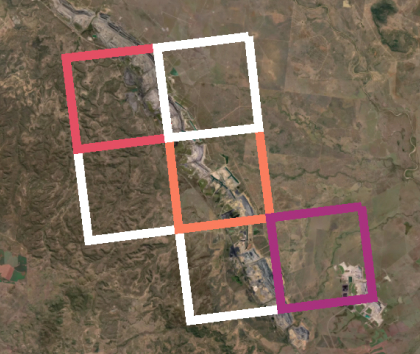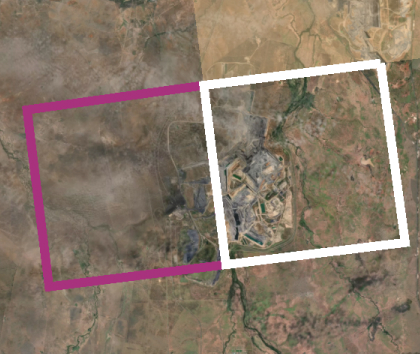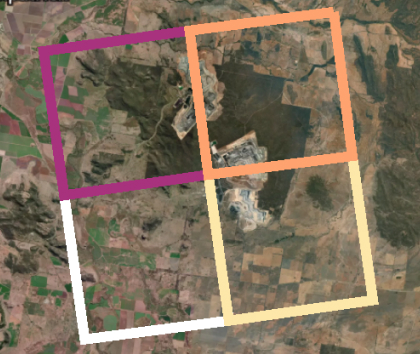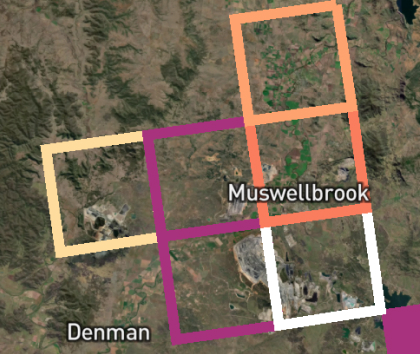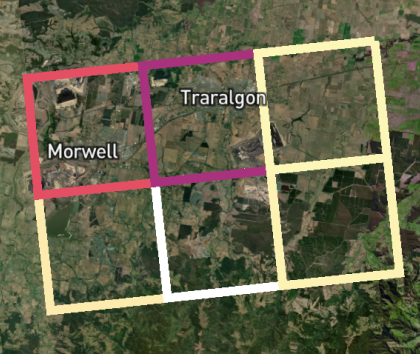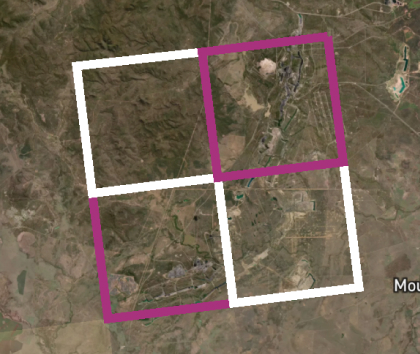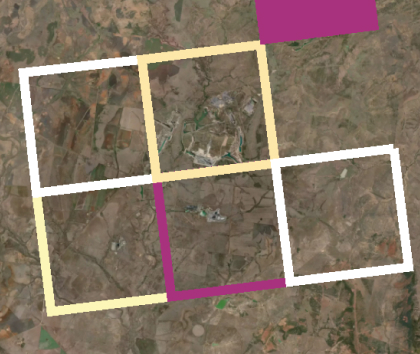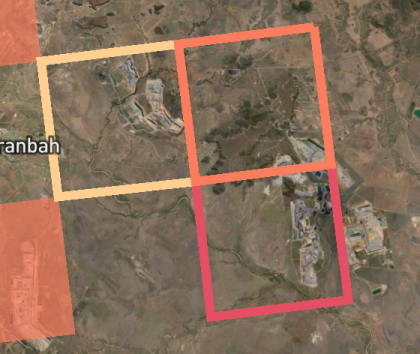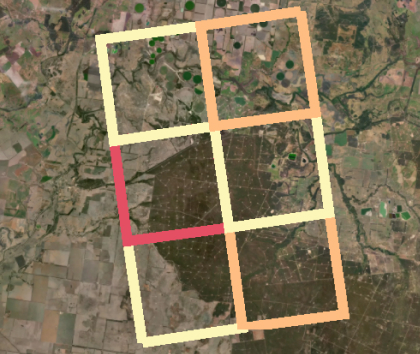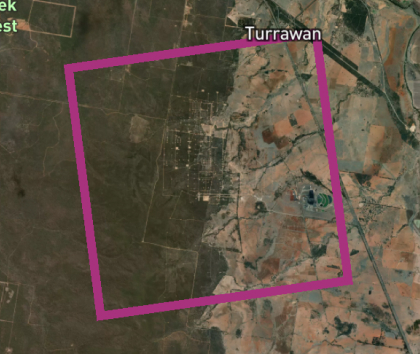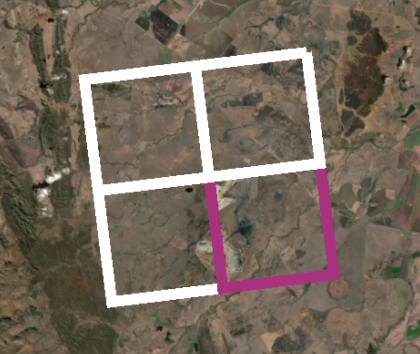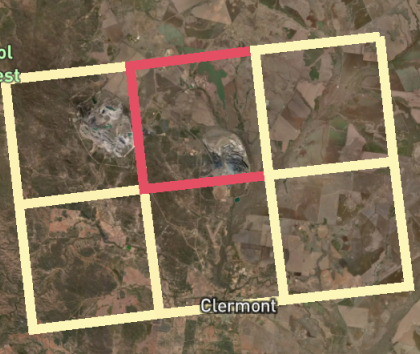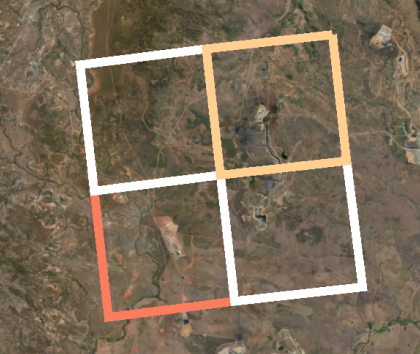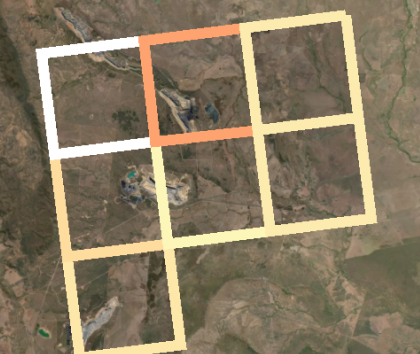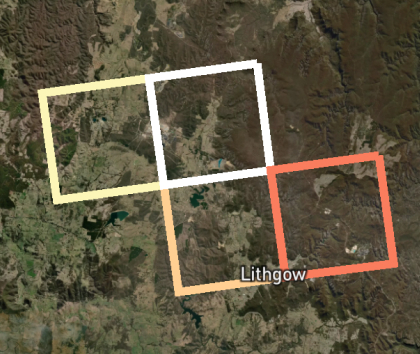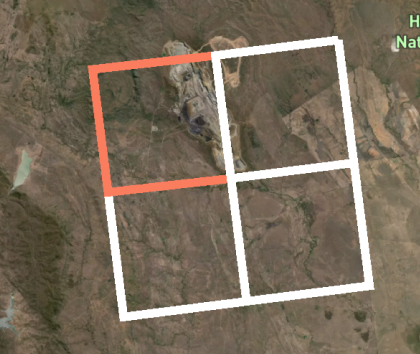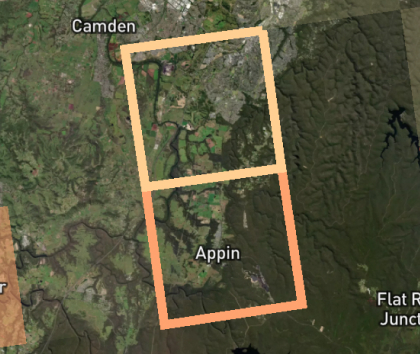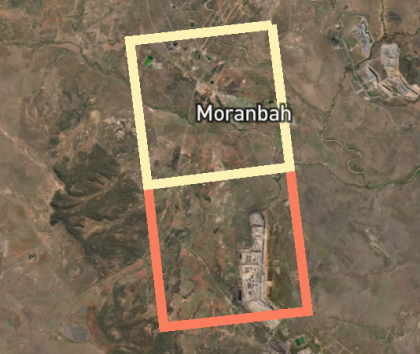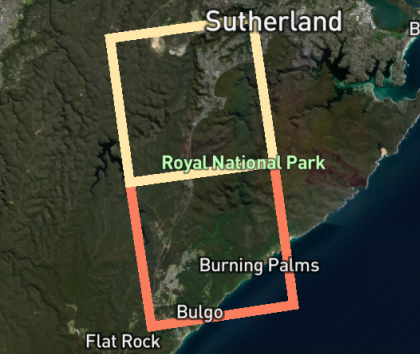Groundbreaking satellite monitoring tool shows significant underestimation of methane emissions from fossil fuel sites
Analysis from Open Methane has revealed Australia's top twenty methane hot spots. All of them are located near sites of significant coal or gas extraction.
The Open Methane project team is today releasing a list of Australia’s twenty methane hotspots, based on satellite observations. Open Methane is a new online tool that uses satellite technology to measure methane at a 10x10km resolution across Australia. Already in use in comparable countries, satellite technology offers a more accurate and detailed assessment of methane emissions compared to Australia’s existing methods.
Currently, Australia’s National Greenhouse and Energy Reporting Scheme (NGERS) relies on self-reported data from major emitters, using emissions factors based on activity levels like the amount of coal mined, or on sparse and nontransparent local measurements. This approach creates significant risk of inaccuracy. Open Methane demonstrates how satellite-based measurements, when combined with ground-based verification, can provide a clearer picture of actual emissions.
Preliminary results from Open Methane estimate that methane emissions may be around double what is currently being reported. These initial results suggest that fossil fuel sites may be significantly underreported under the current NGERS framework. These findings underscore the urgent need for Australia to adopt independent methods in its emissions reporting to ensure more reliable data for its greenhouse gas inventory.
These initial results suggest that fossil fuel sites may be significantly underreported under the current NGERS framework.
TSI is urging that these issues be addressed in the review to be conducted by Australia’s Chief Scientist.
Open Methane is an online platform for monitoring Australia’s methane emissions using a combination of atmospheric modelling and satellite measurements, developed by TSI Chief Scientist and Emeritus Professor Peter Rayner.
The Superpower Institute Chief Scientist and Emeritus Professor Peter Rayner said:
“Methane is a potent greenhouse gas, and understanding where it’s coming from is essential to addressing global warming.
“Of the country’s 20 highest emitting locations, all are sites involving significant coal or gas extraction. This underscores the significant role of the fossil fuel sector in Australia’s methane emissions and highlights where we can make the most impact in reducing them.”
Open Methane results also indicate that emissions from several coal seam gas (CSG) sites may also be higher than previously expected. Three of the 20 highest emitting locations are linked to gas production. Offshore gas sites were excluded from the analysis due to current limitations of satellite observations over water.
Prof Rayner added: “These findings challenge long-held assumptions about the primary sources of Australia’s methane emissions. While further validation is required, the data suggest that the coal and gas sectors – not agriculture – are the dominant contributors of anthropogenic emissions. This is a crucial finding.
“These findings challenge long-held assumptions about the primary sources of Australia’s methane emissions.
This underscores the pressing need for Australia to overhaul its greenhouse gas inventory and implement more precise methods for measuring emissions.”
Rod Sims, Chair of The Superpower Institute, said: “It’s critical that the upcoming review of emissions reporting, led by Chief Scientist Cathy Foley, takes into account the significant discrepancies of self-reported National Inventory data and ensures that Australia modernises its greenhouse gas reporting with the latest technology. It certainly appears from the Terms of Reference that this will be the case, so our results released today are extremely timely.
“This is not just an academic exercise. Accurate data is the foundation of effective climate policy. If we can’t measure it, we can’t manage it.
“Methane reductions offer the most immediate and impactful way to slow global warming, given its potency and relatively short atmospheric lifetime.
“Addressing fugitive emissions and inaccurate data is the most effective way we can easily bring down methane emissions - it's simply a no-brainer.
“Open Methane helps fill this gap by providing a more precise picture of methane emissions. This clarity is crucial for policymakers, researchers and the public, to make well-informed decisions about Australia’s emission reduction.”
‘Sites of concern’: Australia’s top methane-emitting hotspots identified by Open Methane
(January–June, 2023):
